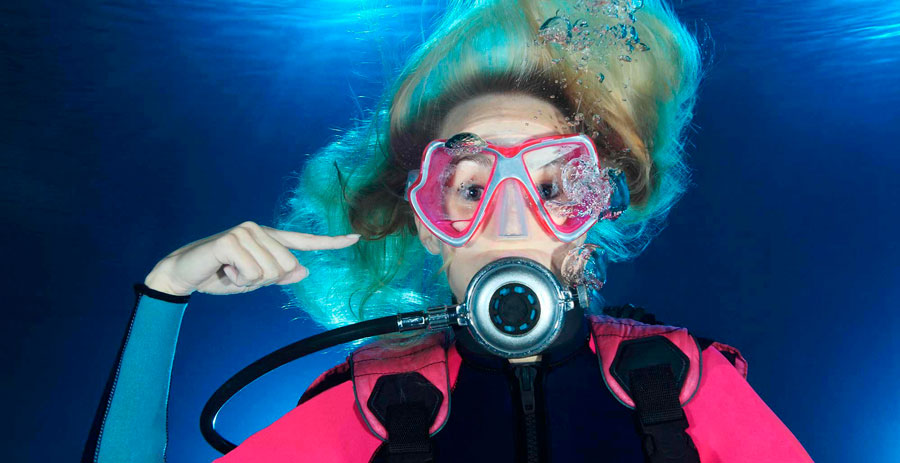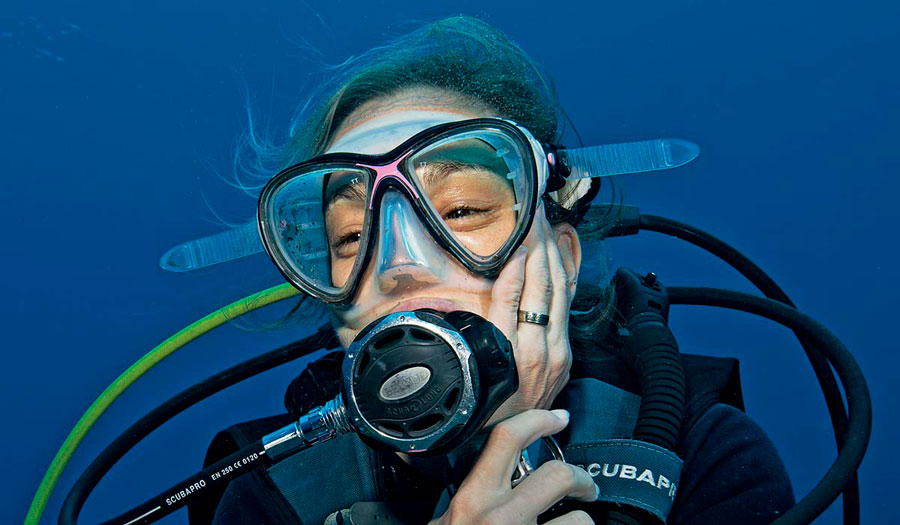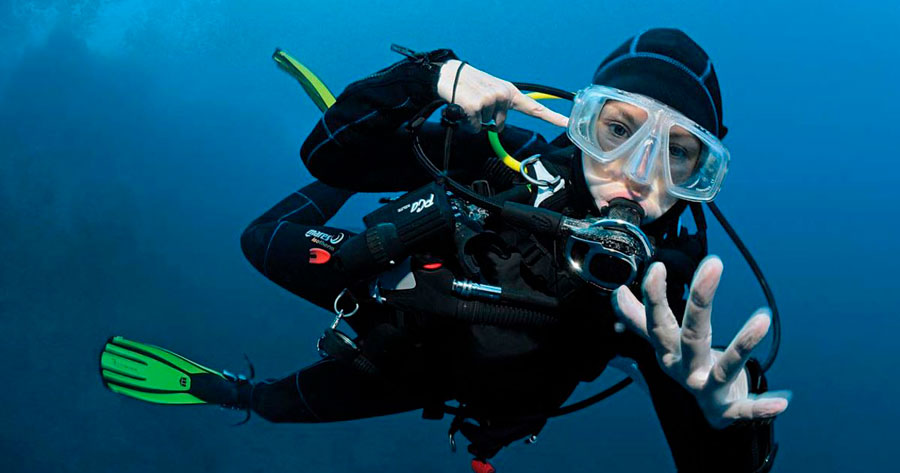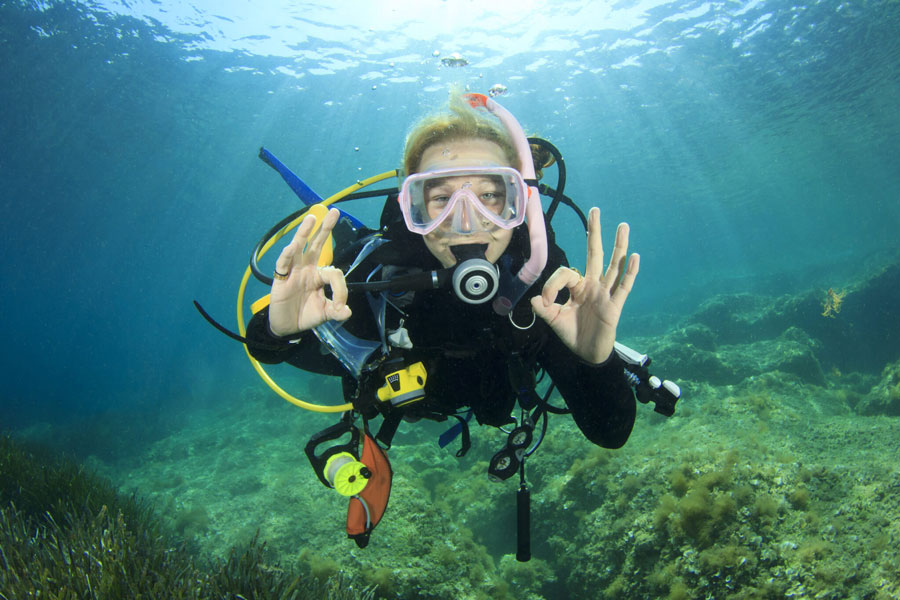Everyone who enjoys water sports: surfers, swimmers, and of course, divers, have faced an ear infection at one time or another. Luckily it is not a worrying disease, but it is painful, so learning how to prevent otitis externa can save your next diving vacation.
How Does an Ear Infection Happen?
Of the three parts of the ear (outer, middle, and inner), the outer one has to deal with infections. This section of the ear runs from the pinna to the eardrum.
It is a narrow canal, has a 36º C / 97 F average temperature, is always moist and dark. These conditions are ideal for the proliferation of germs. In other words, microorganisms usually live inside our ears. Bacteria are liable for the majority of ear infections, causing about 90% of otitis. Fungi are just a 10%.
Many people think water pathogens start external otitis, but this is not entirely true. Bacteria would have not anything to do if we did not lose our natural protection.
The ear produces earwax that contains substances that prevent bacteria from reproducing. It also prevents the skin from softening. But what happens when we expose it to water for a long time? The earwax softens and falls off. In this way, the walls of the ear canal are exposed to pathogens. In addition, without the protection of the earwax lipids, the cells are affected and allow the bacteria and fungi that cause ear infections to pass through.
So, divers and water sports people suffer more ear infections, simply because their ears are more exposed to water action. The same happens in summer. The heat invites you to swim, and the water enters into the ear.







